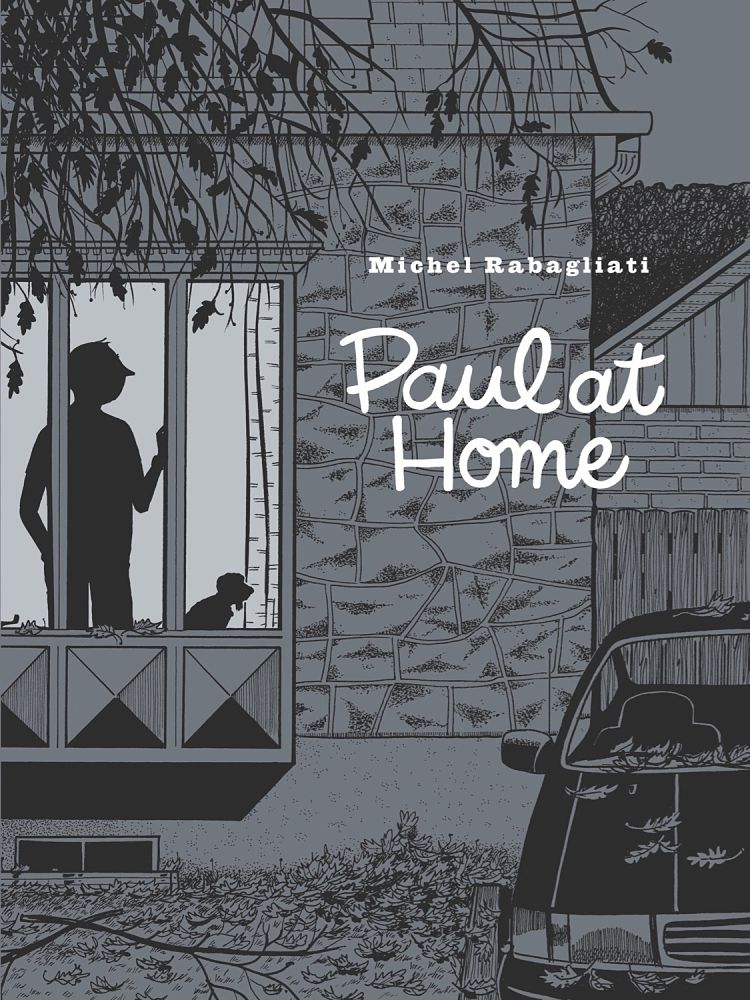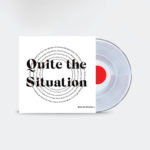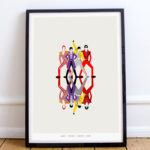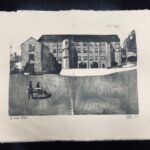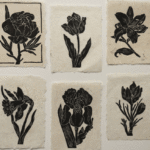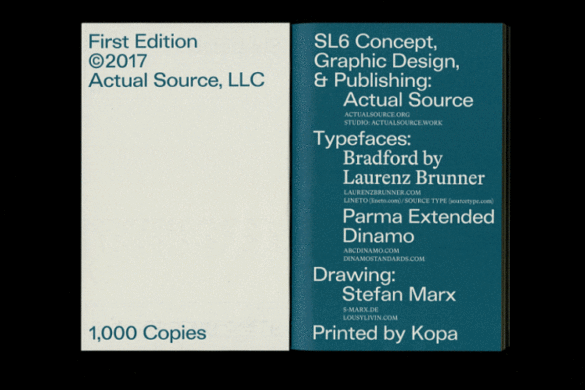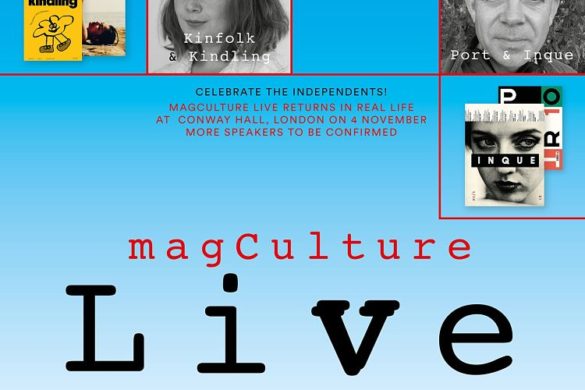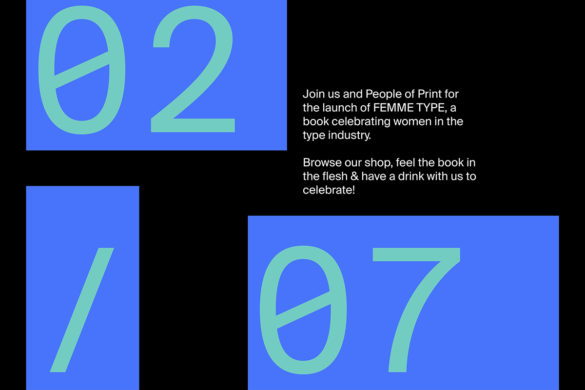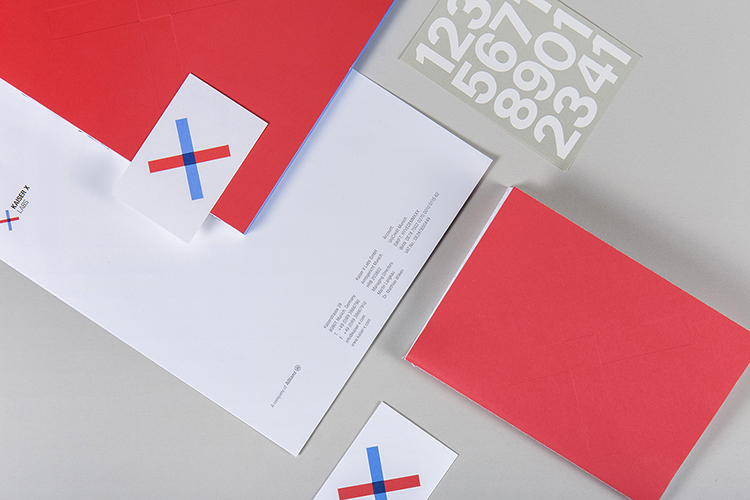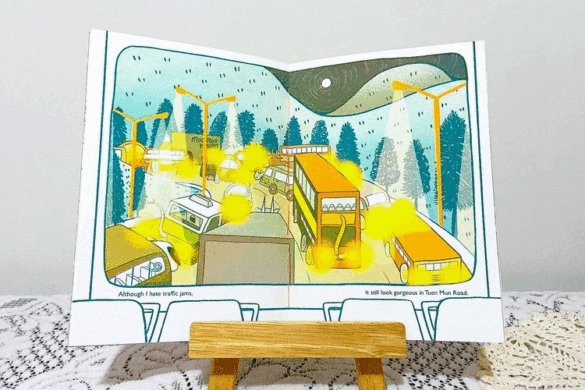Michel Rabagliati’s PAUL AT HOME has been described as “the perfect pandemic antidote – the opportunity to dive into someone’s anxiety and loneliness.”
Pandemic or no, it’s an unputdownable read of a graphic novel that speaks to its readers on many levels: as sons or daughters, guilty that they’re not doing more to help their parents; as parents, feeling guilty not to be doing more for their offspring; to some, as illustrators or authors; to all about the strange, quotidian and universal struggles of existence—and how often, the only way to deal with them is humour.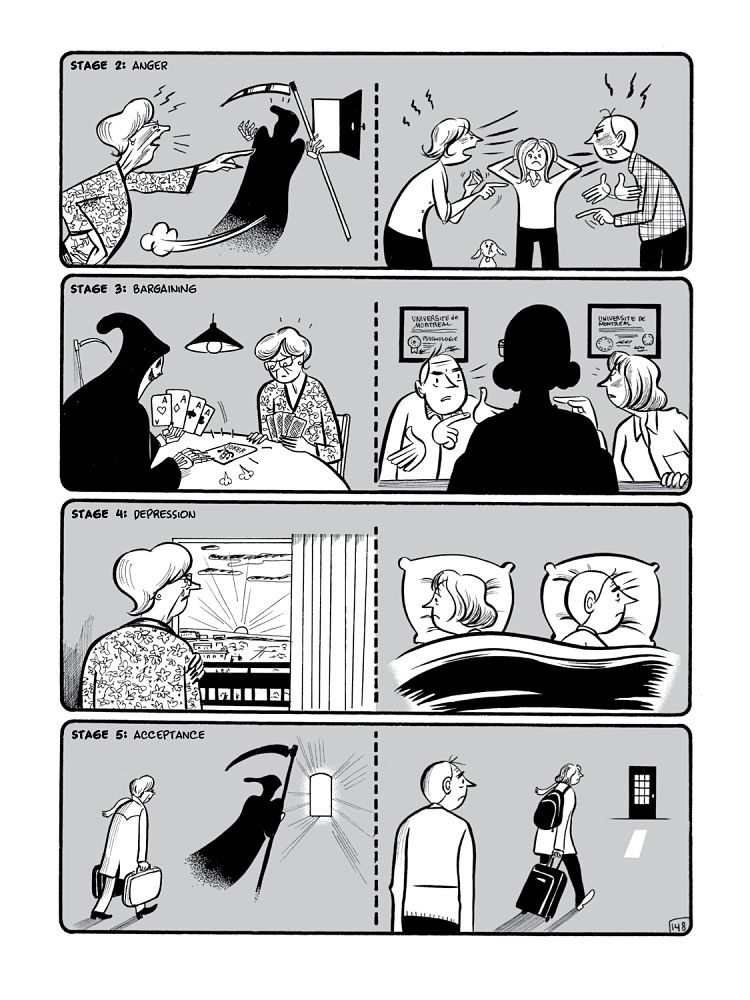
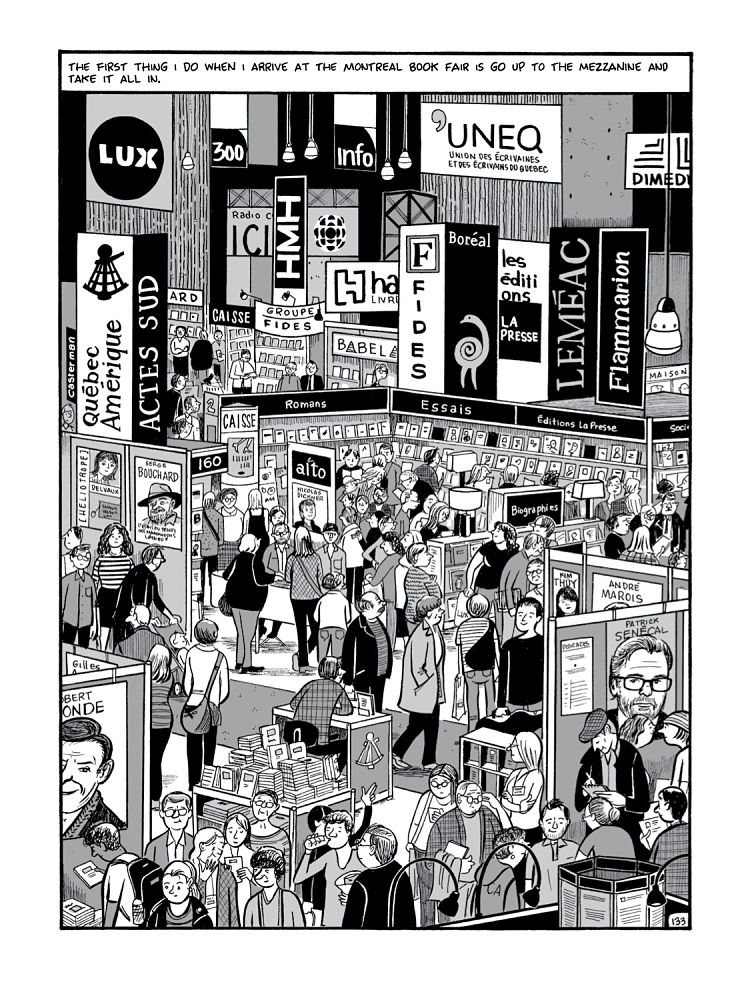 Despite the book’s partly-autobiographical standpoint and self-deprecating sense of humour, Rabagliati, it turns out, is Canada’s best selling cartoonist, with over half a million books sold in French alone.
Despite the book’s partly-autobiographical standpoint and self-deprecating sense of humour, Rabagliati, it turns out, is Canada’s best selling cartoonist, with over half a million books sold in French alone.
Many of the most poignant moments in the book (for me at least) come in the scenes between Paul and his mother.Twice divorced and in her early 70s, as she’s revealing to her son that she’s got a neighbour admirer, she reveals something many of us may have suspected deep-down: “I know men. All they want is a maid.”
He responds something about boundaries; she tells him that at 51 years old, he really shouldn’t be dressing like a teenager: “you’re not a kangaroo”, she tells him, comparing his appearance in a hoodie to a kangaroo. 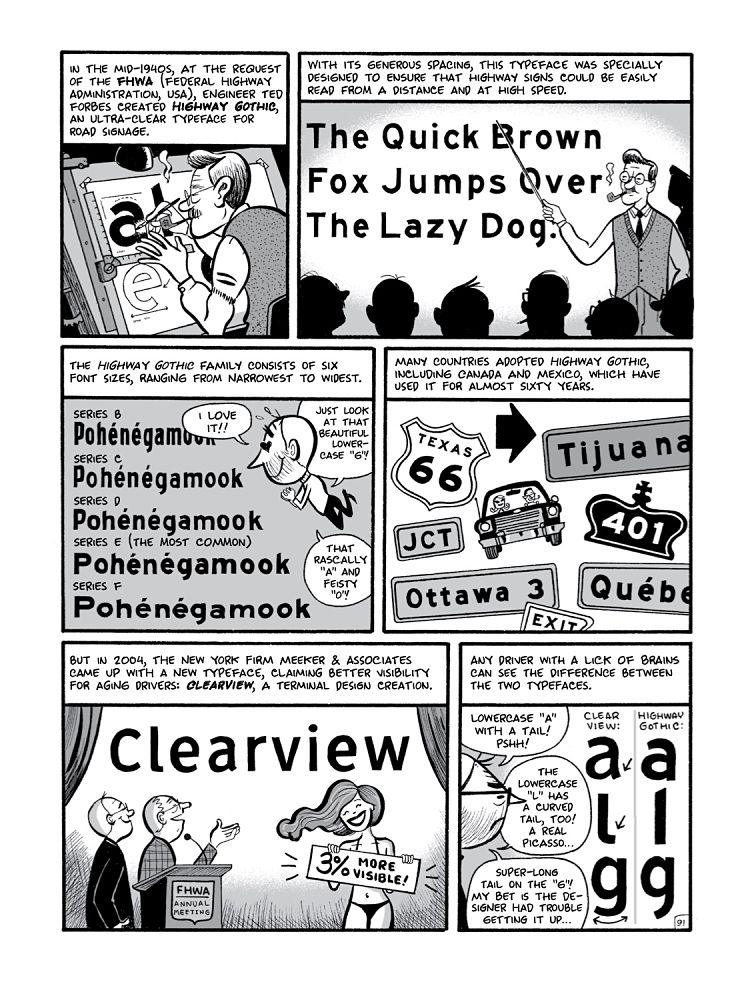 Much of the tragedy in the tragicomedy is also down to the trials and tribulations of being an artist—even a pretty successful artist. A terrifying interaction with the bank leaves Paul sweating, begging for water and faced with a slick-haired, evil-grinning bank clerk berating him with “you want us to believe that the United States, a nation of 300 million people, home to thousands of illustrators, needs a pathetic loser from Montreal to draw its cartoons? Is that your story?”
Much of the tragedy in the tragicomedy is also down to the trials and tribulations of being an artist—even a pretty successful artist. A terrifying interaction with the bank leaves Paul sweating, begging for water and faced with a slick-haired, evil-grinning bank clerk berating him with “you want us to believe that the United States, a nation of 300 million people, home to thousands of illustrators, needs a pathetic loser from Montreal to draw its cartoons? Is that your story?”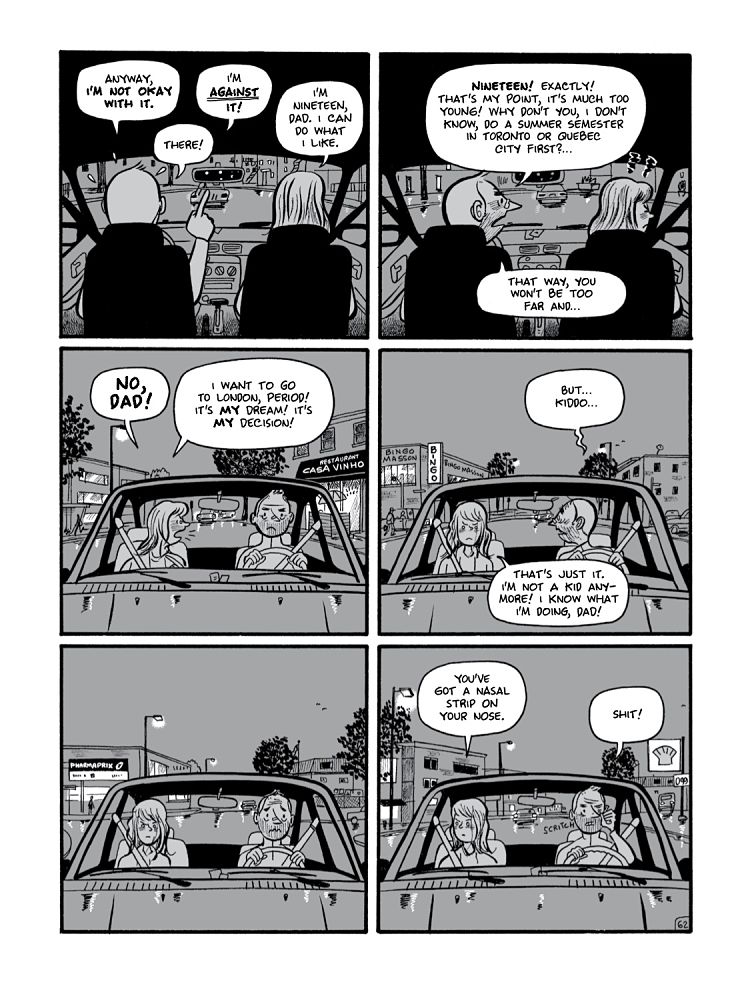 It later transpires that Paul has a daughter, as we see him help her lock up at the cafe she works in. Clearly a sentimental dad, who misses his daughter (and her mother), he gives her a Kinder egg as he drives her home—a small token, but a significant gesture in its resurrection of a childhood routine. All seems very sweet, until she reveals her plan to go to England,. He’s clearly very upset: his mouth visibly wobbles as he drives.
It later transpires that Paul has a daughter, as we see him help her lock up at the cafe she works in. Clearly a sentimental dad, who misses his daughter (and her mother), he gives her a Kinder egg as he drives her home—a small token, but a significant gesture in its resurrection of a childhood routine. All seems very sweet, until she reveals her plan to go to England,. He’s clearly very upset: his mouth visibly wobbles as he drives.
That night, a panel recalls that famous image depicting the horror that is sleep paralysis: the demon crushing the sleeper’s chest in a sensation that’s both nightmare and physiological horror show,
Paul at Home is a beautiful story of an ordinary life—occasionally painful, quotidian, riddled with aches and pains with occasional moments of joy—as told through typography. The emotional ups and downs our protagonist garners from letterforms reveal darker, more poignant truths about his reactions to the bigger peaks and troughs of life itself. He sheds a tear as the highway signage switches from Highway Gothic, a font he’s loved since childhood, to Clearview. “Why does everything change?” He cries to himself, alone in his car. “I hate change! Especially when it’s useless!”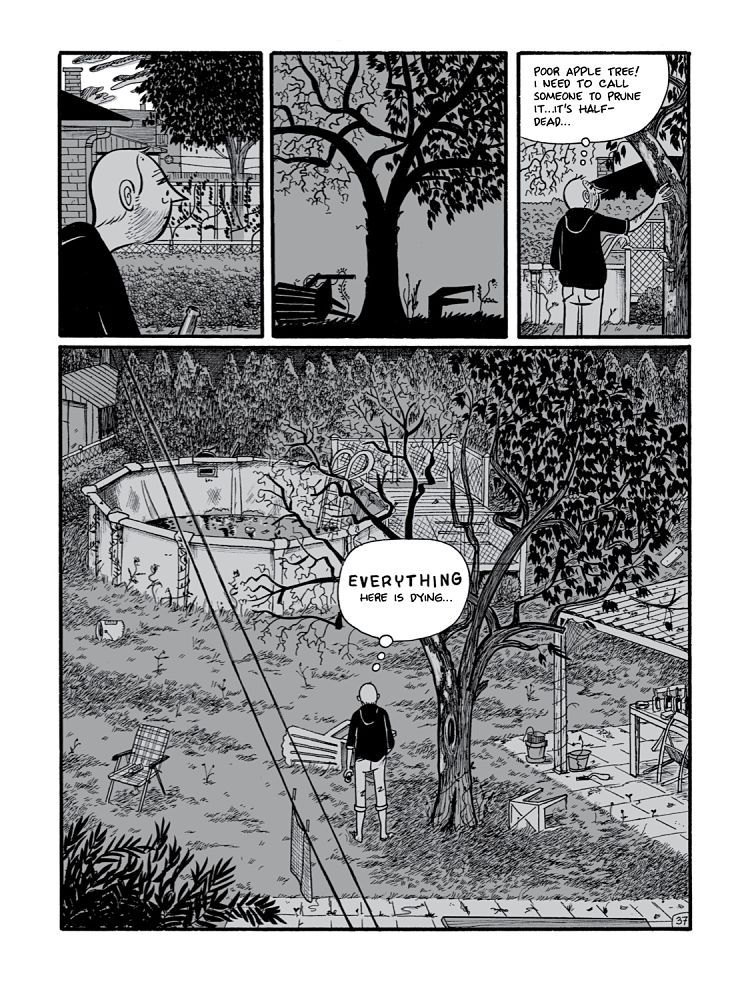 After a soul-crushing talk he delivers at a school, Paul and his sister visit their mother. After just four panels, tears were rolling down my cheeks for a woman I‘d not really cared about at all, such is the power of Rabagliati’s comic writing. Revealing she has cancer, the mother says, “the hospitals, the pain, the boredom, loneliness, life… I’ve had it! I’m tired… I can’t do this anymore. I just want it to end.”
After a soul-crushing talk he delivers at a school, Paul and his sister visit their mother. After just four panels, tears were rolling down my cheeks for a woman I‘d not really cared about at all, such is the power of Rabagliati’s comic writing. Revealing she has cancer, the mother says, “the hospitals, the pain, the boredom, loneliness, life… I’ve had it! I’m tired… I can’t do this anymore. I just want it to end.”
Later in the book, we see Paul visit a Montreal book fair, and in turn, get insights into the illustration and comics scene over the past few decades; and learn that no matter how much heart and soul goes into a graphic novel, its creator can never expect to outsell a cookbook.
While the story’s ennui is perhaps its most pervasive; it’s the small moments of joy and optimism that keep us going. When Paul’s mother dies towards the end of the book, he thinks to himself: “Even in death, Mom looked magnificent. All her life, right down to her very last breath, she always made sure to look her best, getting her hair done every week and never going out without makeup.” It’s undoubtedly tragic, but definitely beautiful.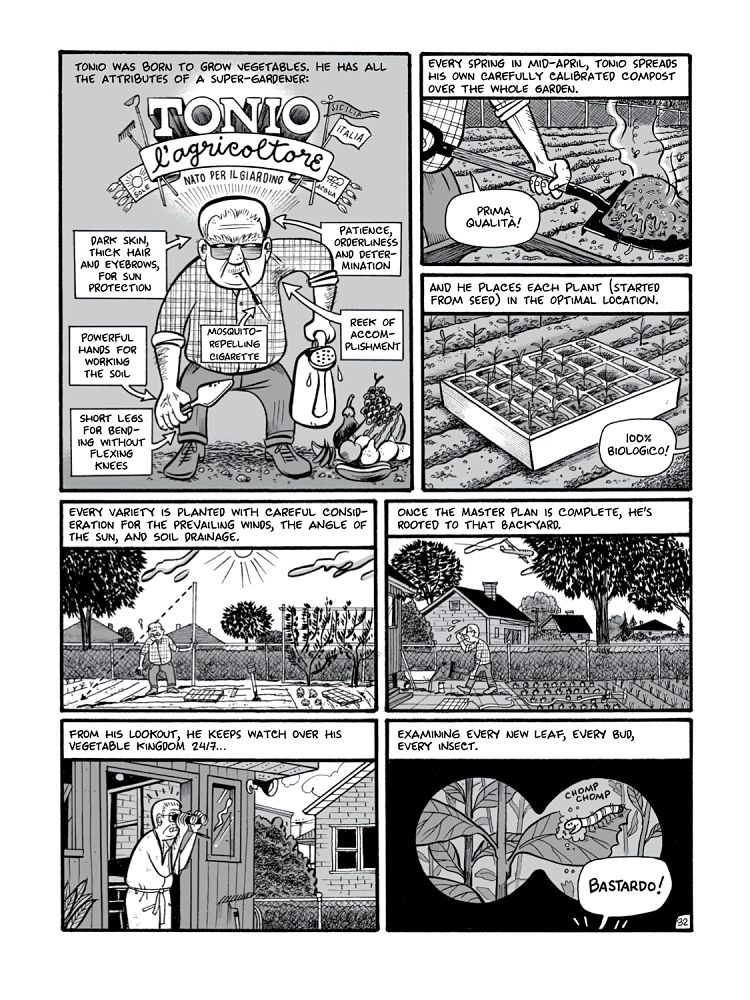
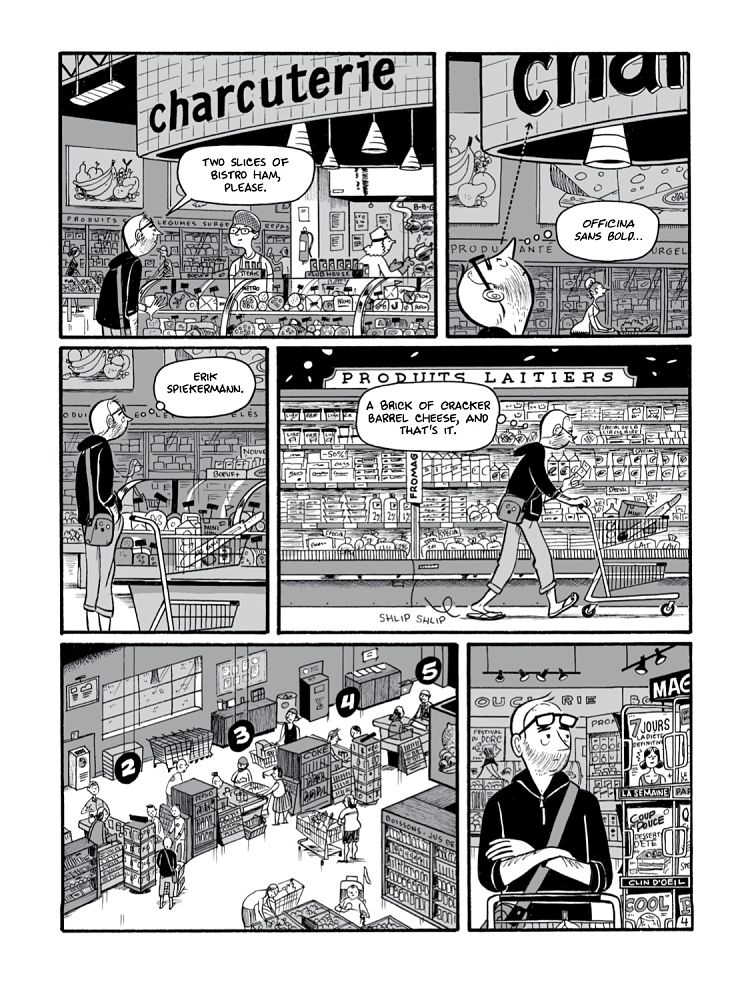 Rabagliati has been using Paul as his “grouchy alter ego”, as publisher Drawn and Quarterly puts it, for several decades. D&Q adds that Paul At Home is “about divorce, ageing, loneliness, about feeling disconnected from an increasingly digital world, but most of all it’s about family.
Rabagliati has been using Paul as his “grouchy alter ego”, as publisher Drawn and Quarterly puts it, for several decades. D&Q adds that Paul At Home is “about divorce, ageing, loneliness, about feeling disconnected from an increasingly digital world, but most of all it’s about family.
“It’s about trying to figure out who you are when you defined yourself as a parent or a child or a husband for so long — and those roles no longer apply in the same way, because your kid’s moving or your marriage has ended or your parent is ailing. Plus some funny font commentary.”
You might like...
- Autobahn - November 26, 2021
- Alphabetical - November 12, 2021
- SOFA Universe - November 8, 2021

